The Phantom Corsair, A Remarkable Journey
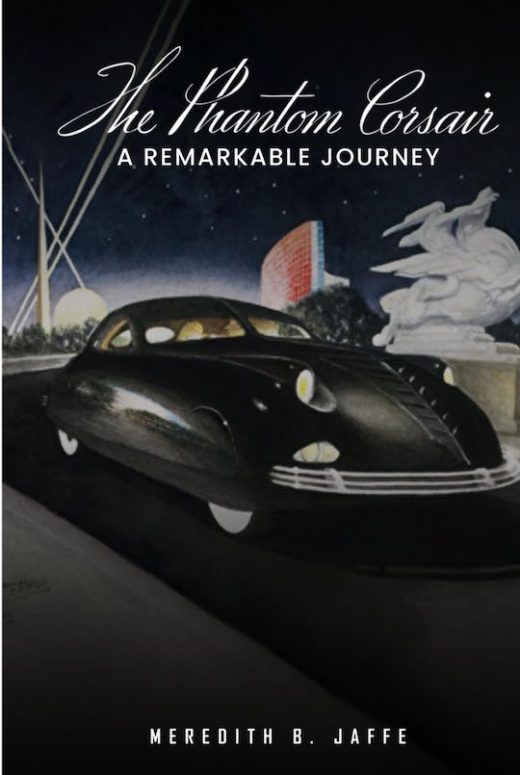 by Meredith B. Jaffe
by Meredith B. Jaffe
The man who conceived of and had the car this book tells of constructed was a member of the family forever dubbed “the ketchup people.”
Rust Heinz “had an all-encompassing ambition to become an automobile designer” and the financial means to have the car he designed built. “By mid-1937, his car was realized . . . but it was not merely a modified build; it was a futuristic marvel.”
Though Heinz would be killed only two years later in an auto accident at age 23, his ultra-steamlined “top and bottom” creation, Phantom Corsair, is very much extant and treasured to this day as its 90th birthday approaches.
The author’s late father held Phantom Corsair in high regard which ultimately motivated her to research, write and essentially self-publish this, her first-ever book. H. Roy Jaffe had been a stylist for GM during the Harley Earl era, primarily associated with Oldsmobiles of the 1950s. After a few years, “he returned to his New York roots to pursue other engineering interests with automobiles” and owned and drove some pretty interesting collectible vehicles among which was a 1963 Buick Apollo GT and the 1936 Mercedes-Benz 540K Special Cabriolet by Sindelfingen. In Roy Jaffe’s opinion, the Phantom Corsair was simply “the most special car ever.” Following his 2016 passing, his daughter decided it was long overdue for her to learn all she could about this car.
Multi-degreed (two in the medical field and a third in library sciences) Meredith Jaffe tells Phantom Corsair’s story chronologically in an eminently readable and engaging way for her research turned up a wonderful cast of characters in the form of the car’s succession of owners and others involved with its story. Those individuals she profiles, and she writes of them such that while you’ll learn of folks you didn’t know of before, there’s every possibility you’ll learn something new about ones you have known or known of.
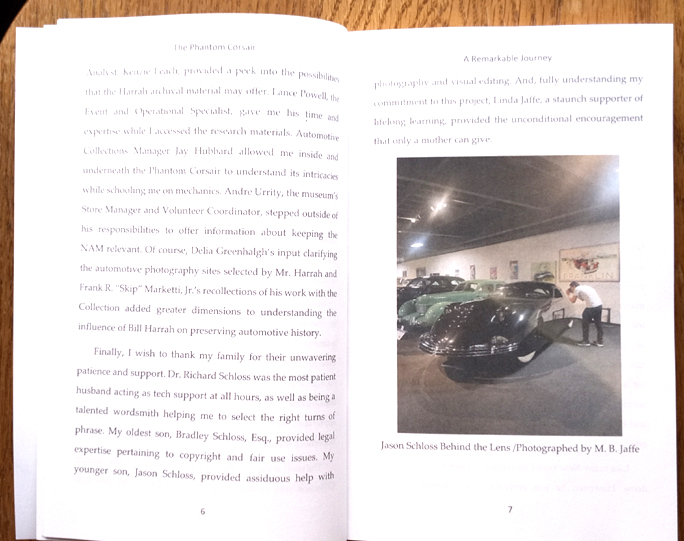
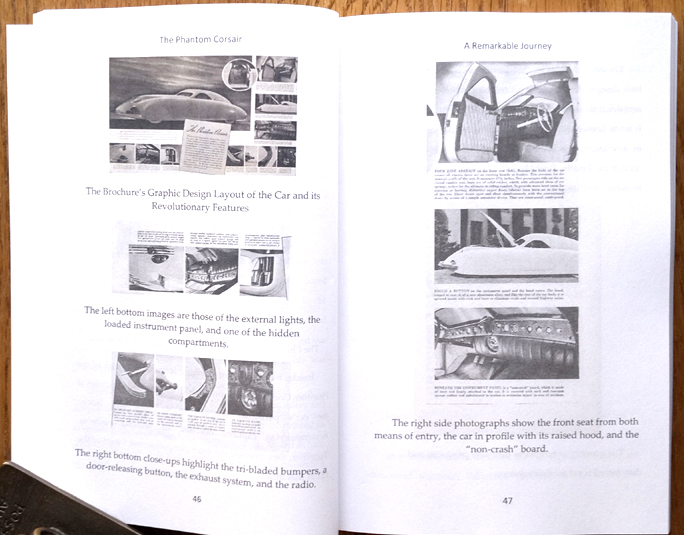
Jaffe’s father had first spied Phantom Corsair as a lad growing up in New York City on his visits to the 1939 and 1940 New York World’s Fair where it was on display. After the fair closed, the car had a succession of short-term owners recounted in the chapter titled “The Nomadic Decade” prior to joining the stable of cars owned by Herb Shriner in 1951. Hemmings describes Shriner as “a versatile entertainer who also loved cars, especially sports cars and kit cars. He was the owner of the Phantom Corsair and the first motorhome, and published Motor Life magazine.” Shriner and his wife Pixie drove and showed Phantom Corsair until they were fatally injured in 1970 in an auto accident.
Later, “a number of Shriner’s cars were consigned to Thomas Barrett and from whom William Fisk Harrah purchased it.” Those of us who are of an age to have visited Harrah’s collection in one of its Reno, Nevada locations also lived through the years following Harrah’s 1978 passing. It takes fully the last half of the book for Meredith Jaffe to recount that part of the story. She does an excellent job relating how eventually Phantom Corsair remained in Reno as a foundation car from Bill Harrah’s collection when the National Automobile Collection museum was established.
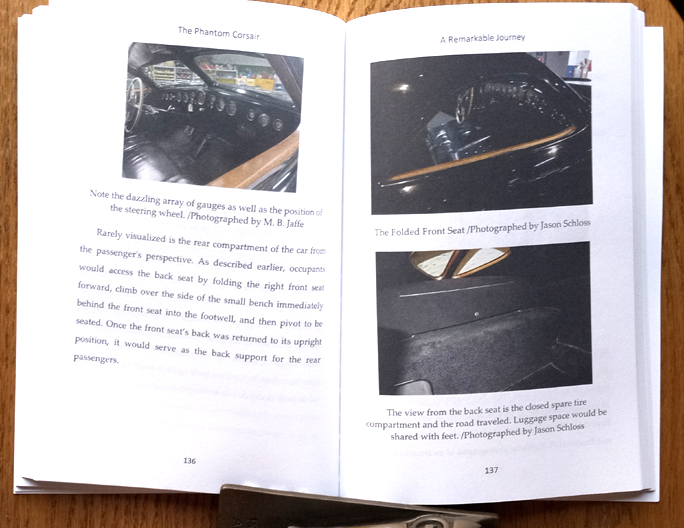
And that is where she and one of her sons visited and saw in person the object of her fascination. She’s proud to note in her Acknowledgements that her son, Jason Schloss, shot many images she uses in her book. But therein is also the book’s shortcoming. Jason’s photos are likely quite good but given the choice of Amazon as the POD-publisher, many of the photos of the car, particularly the interior, as reproduced on the page pretty thoroughly obfuscate all detail.
At the end of the day here’s the recommendation: buy the book either in the softcover or Kindle version for the reading pleasure and edification they offer. For wonderful photos of the car itself, look online!
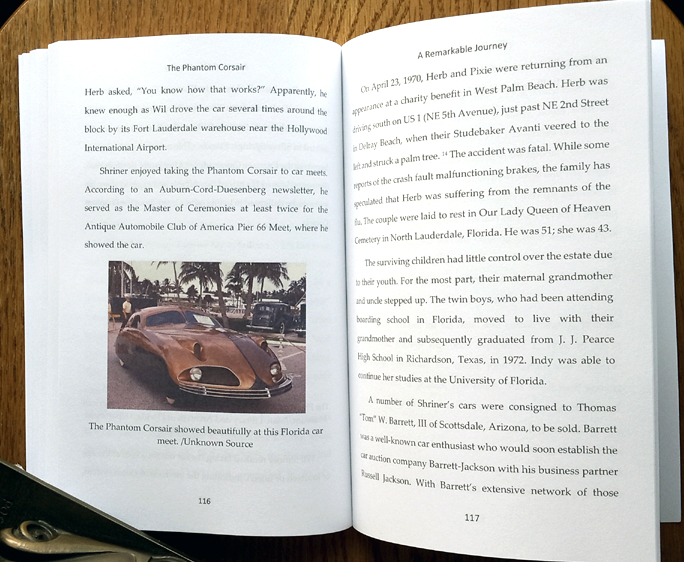
The concluding chapter shows and tells about various Phantom Corsair models and other collectible items that have been produced. Here, Jason’s photos reproduce much better due to contrasting backgrounds and better control over lighting.
PS: If you want to see the Phantom Corsair in action, watch the 1938 movie “The Young In Heart”—you’ll understand why they called it “The Flying Wombat.”
Copyright 2024 Helen V Hutchings (speedreaders.info)


 RSS Feed - Comments
RSS Feed - Comments




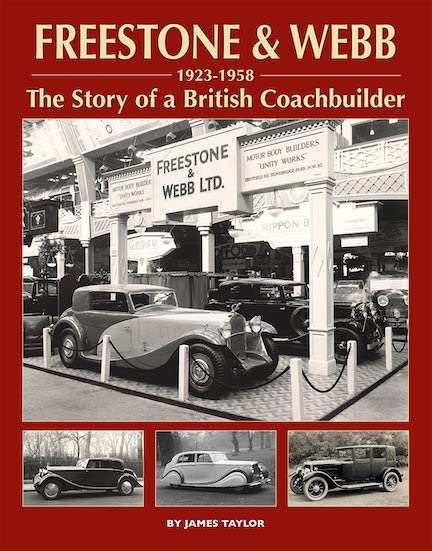
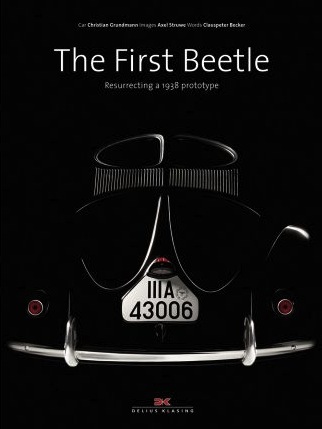



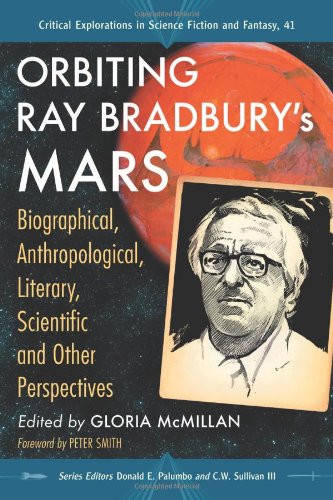





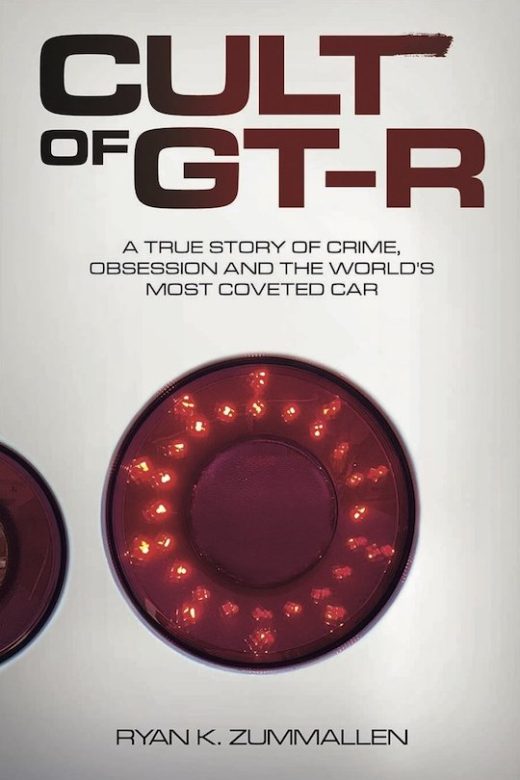


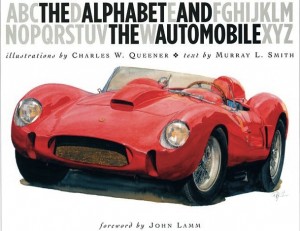
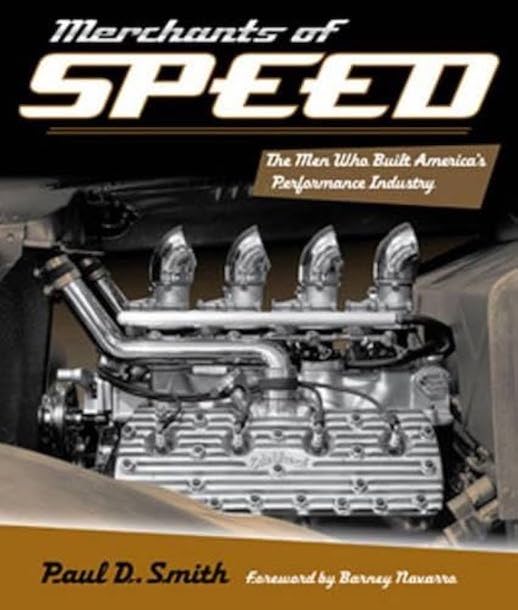

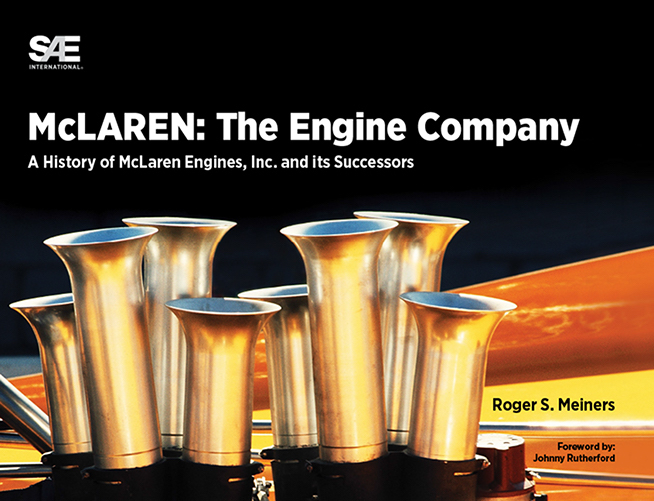

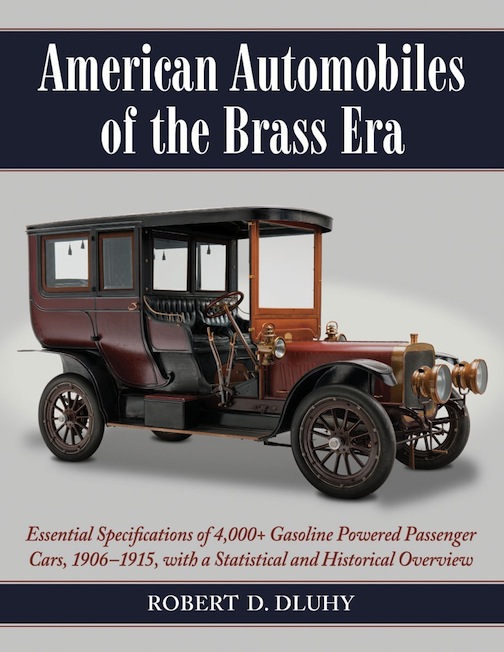
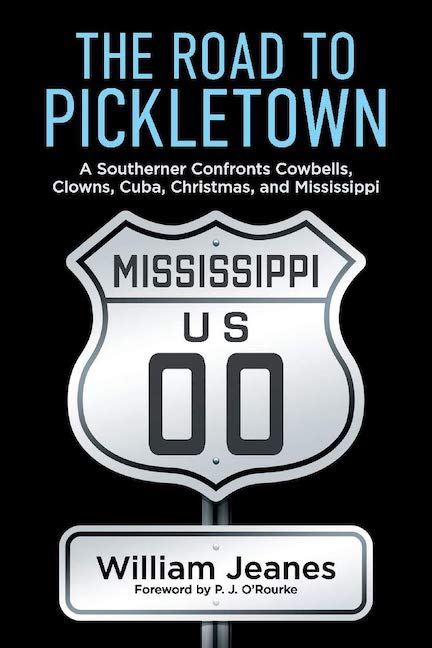

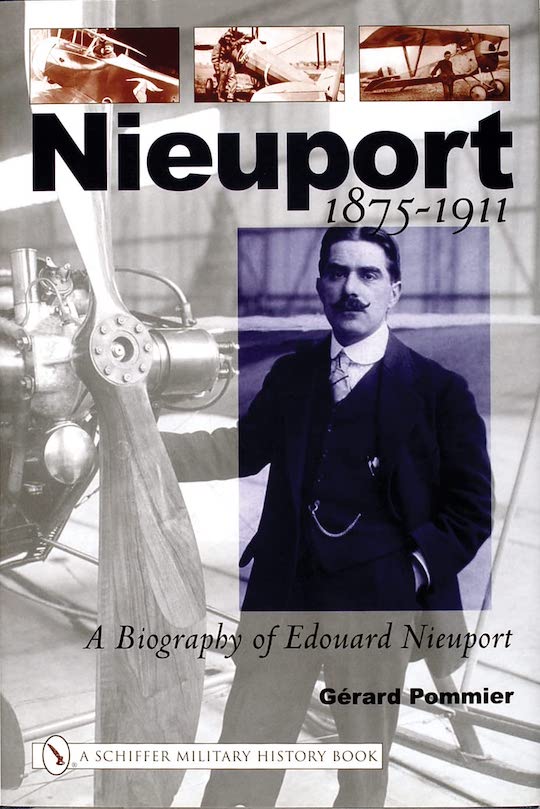
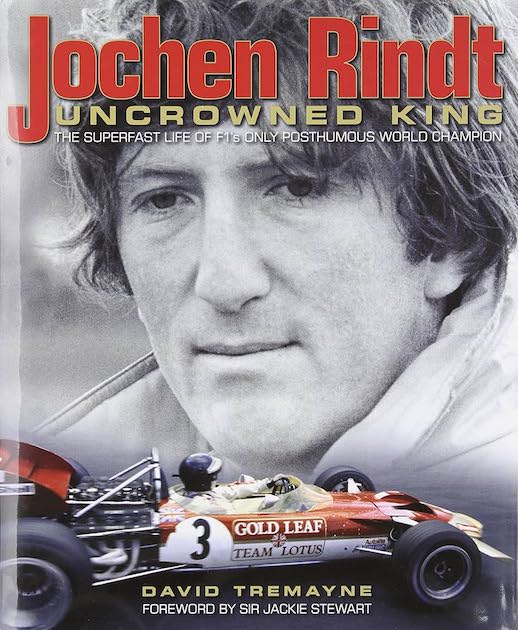


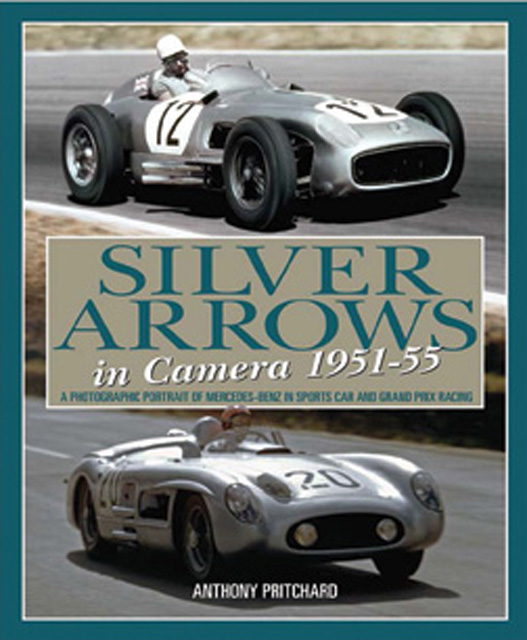

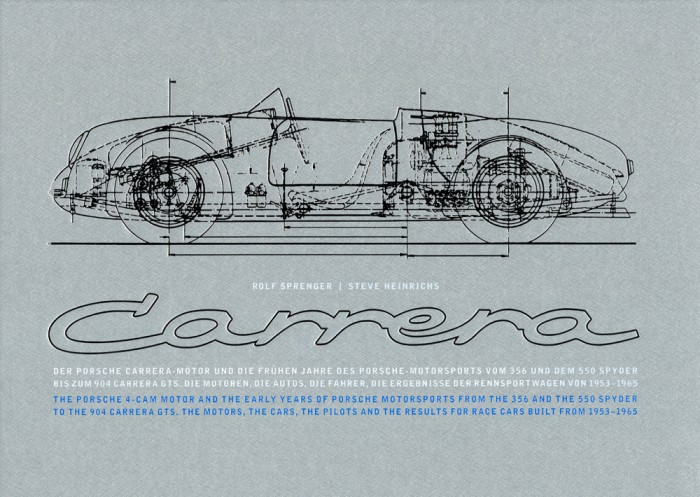
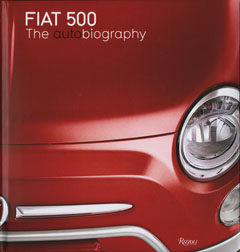




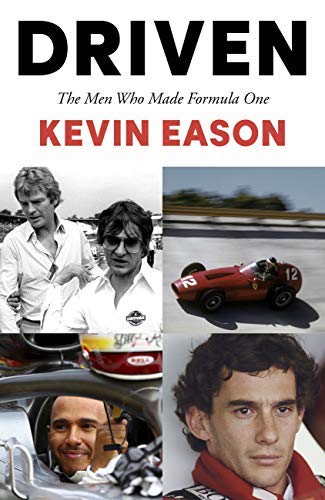
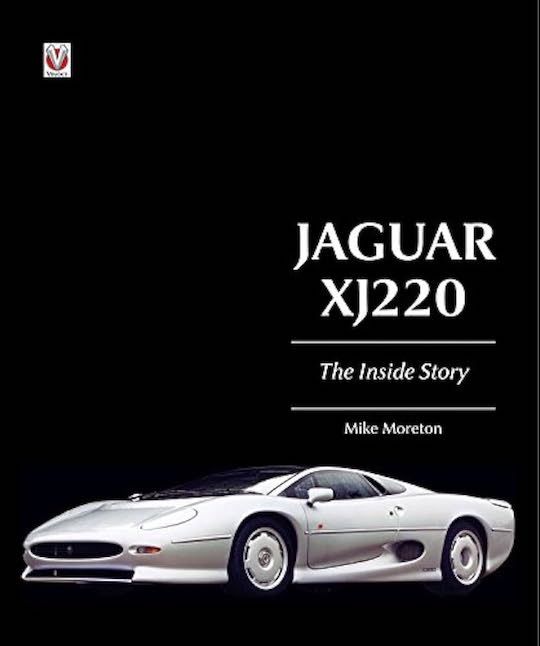
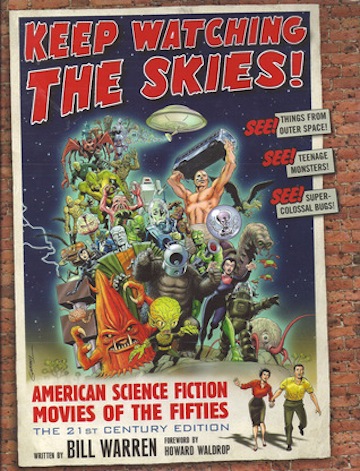



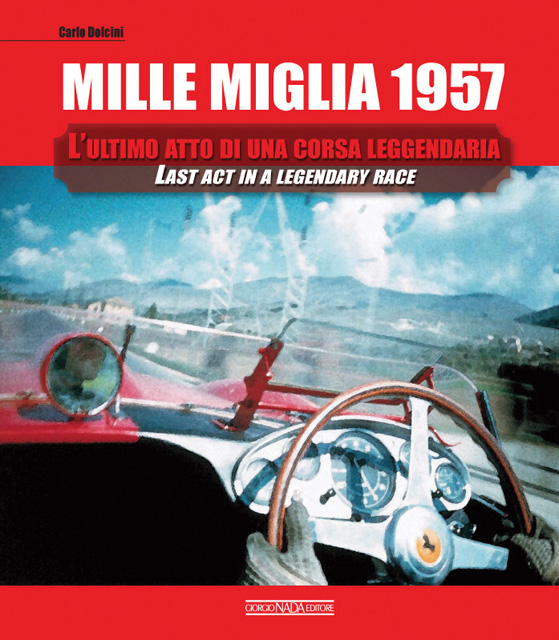


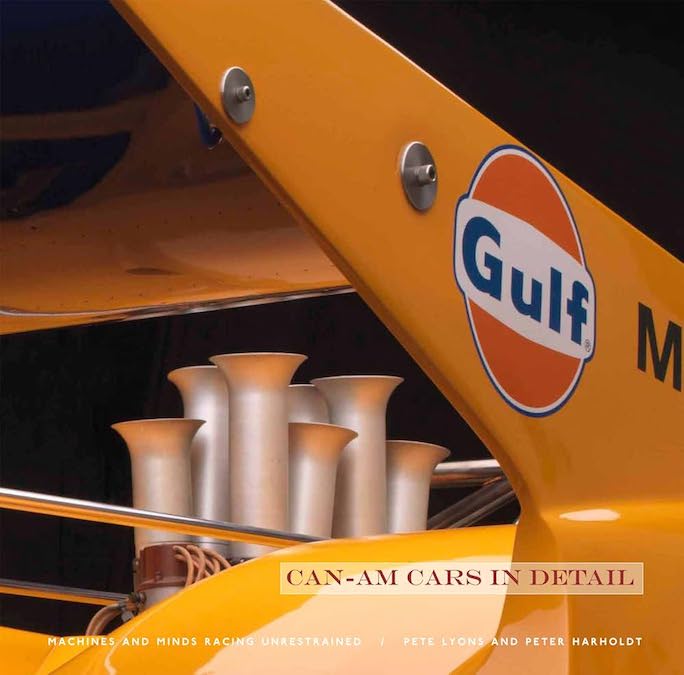
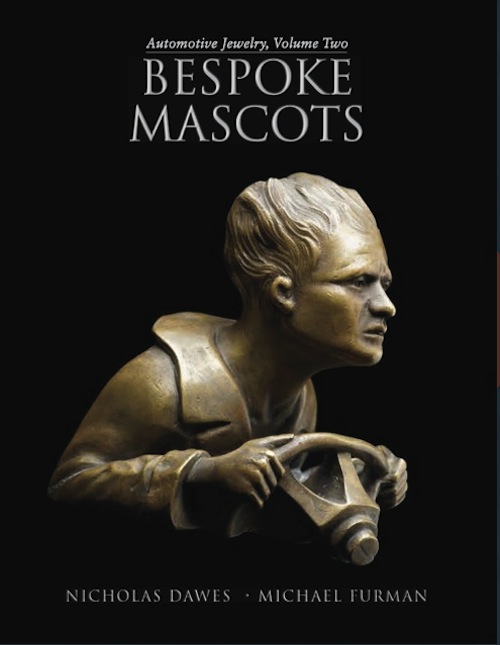
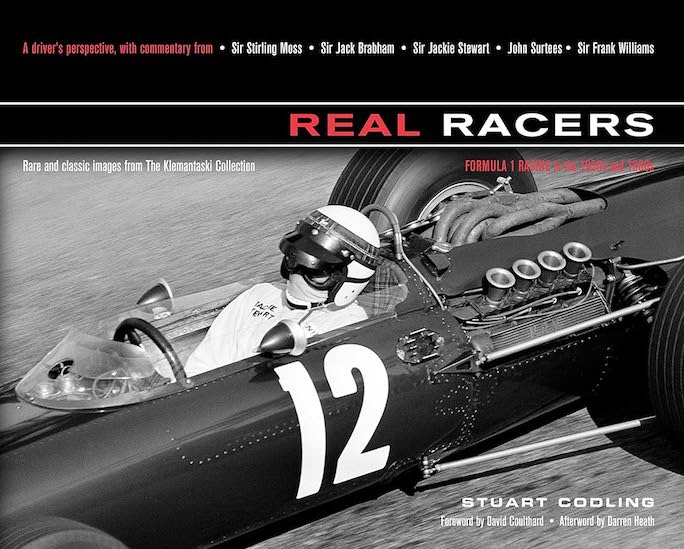
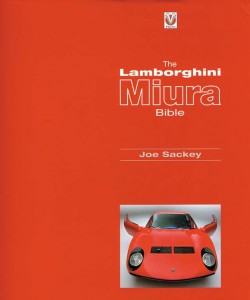
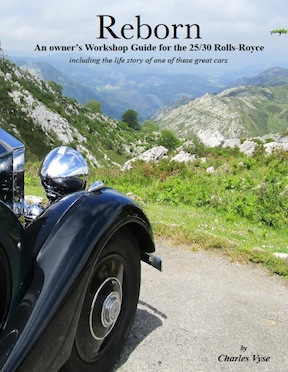
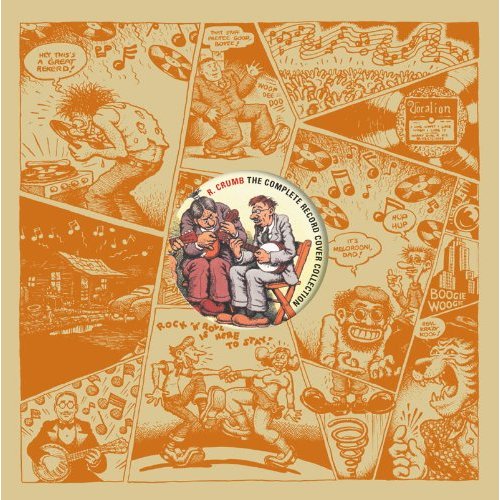




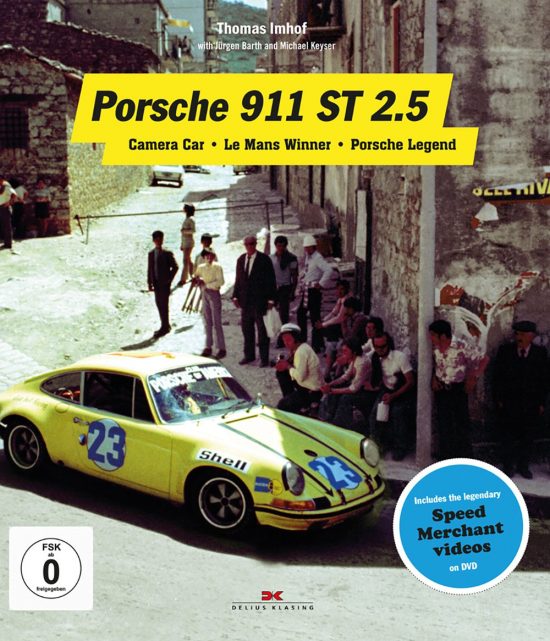
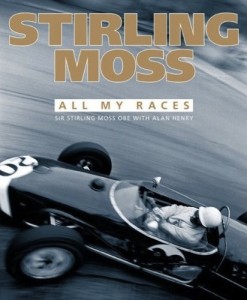
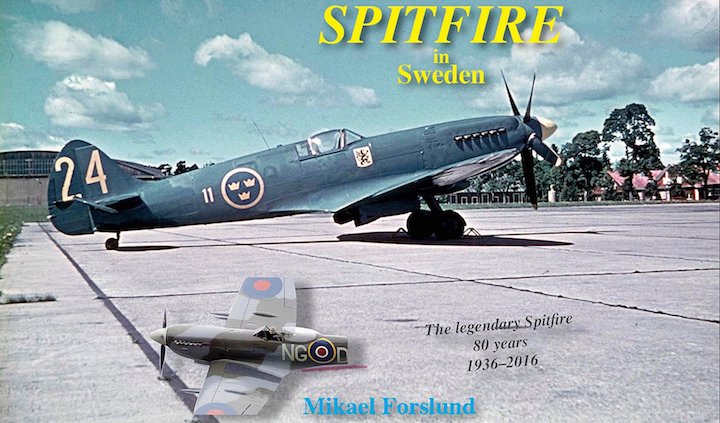
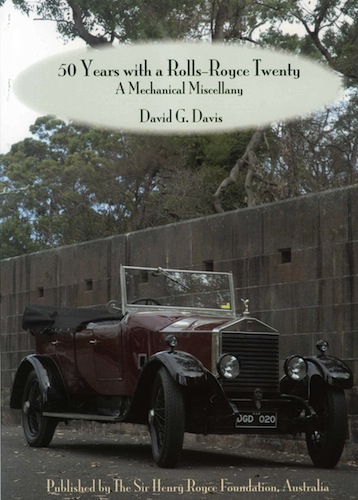
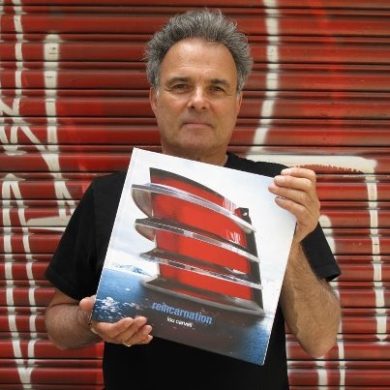
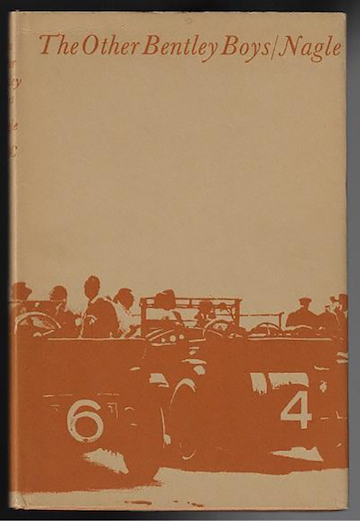



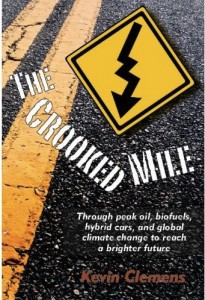



 Phone / Mail / Email
Phone / Mail / Email RSS Feed
RSS Feed Facebook
Facebook Twitter
Twitter